
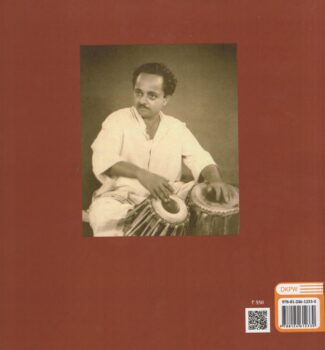
Professor Sudhir Kum...
Professor Sudhir Kumar Saxena Centenary Celebrations
by: Manjula Saxena₹550.00 Original price was: ₹550.00.₹495.00Current price is: ₹495.00.
ISBN: 9788124612330
Year Of Publication: 2023
Edition: 1st
Pages : vi, 60
Language : English
Binding : Hardcover
Publisher: D.K. Printworld Pvt. Ltd.
Size: 23
Weight: 275
Introduction
1. Uniqueness of the Tradition of Teaching Indian Classical Music Arising out of the Concept of “Kanthasth” Knowledge
2. The Principles and Aesthetic Aspects of Improvising and Creating Compositions in the Field of the Art of Tabla
3. A Journey from Ancient Tripuskar Vaadya to Modern Indian Percussion Instrument Tabla
4. Traditional Tabla Playing with Diverse Compositions
5. Philosophical Aesthetics and Indian Music
“Professor Sudhir Kumar Saxena Centenary Celebrations” Cancel reply
- Sale!The Musician and His Art by: Deepak S. Raja
₹900.00Original price was: ₹900.00.₹810.00Current price is: ₹810.00.This book presents a collection of essays and lectures written by the author between 2011 and 2018. Its underlying theme as suggested by its title is the uniqueness of the relationship between the Hindustani musician and his art. This uniqueness is moulded by the fact that the tradition enjoins upon the performer the simultaneous role of a composer. This makes Hindustani music a three-dimensional art: contemplative, expressive and communicative. These three components serve to make Hindustani music a remarkable manifestation of continuity within change, and individuality within conformism.
Viewed from this perspective, Hindustani music is not merely north Indian art music. It is inextricably linked to a multiplicity of other musical traditions folk, devotional, tribal, martial and popular and is an active participant in the totality of the cultural process. Every piece of performed music speaks, in some manner, on behalf the generation performing it, and addresses the corresponding generations of audiences. For the author, therefore, it is not merely sufficient to understand what Hindustani music is. It is necessary also to seek insights into why it is what it is.
In this book, the author relentlessly pursues his intellectual aims by borrowing ideas from a wide range of disciplines: sociology, linguistics, cultural anthropology, acoustics, aesthetics, demography, economics, marketing finance, psycho-analysis, mythology, philosophy and even mathematics. Despite its diverse intellectual canvas, the book retains the essential Indian-ness of the authors argument, and simultaneously addresses an international readership. - Sale!The Principal Ragas of Indian Music (?????? ????? ??? ????? ???) by: Shobha Singh
₹850.00Original price was: ₹850.00.₹765.00Current price is: ₹765.00.Music has been the subject of study in India since Vedic period. Various ragas are the life of Indian music. ‘Thaat’ is the method of dividing ragas in Hindustani classical music. The main raga of each ‘Thaat’ is called the ‘Ashraya’ raga and other ragas are ‘Ashrita’ ragas. Extracting from the texts written by Pt. Vishnu Narayana Bhatkhande, Pt. Narayana Moreshwar Khare and other well-known musicians, this book is an attempt to make the readers aware of the ‘Ashraya’ ragas. Through this book, Shobha Singh has very clearly presented the concept of Ashraya’ raga and its significance. The language of this book is simple and easy to comprehend. भारत में संगीत वैदिक काल से ही अध्ययन का विषय रहा है। विभिन्न राग भारतीय संगीत की जान हैं। थाट (अथवा ठाट) हिंदुस्तानी शास्त्रीय संगीत में रागों के विभाजन की पद्धति है। प्रत्येक थाट के प्रमुख राग को आश्रय राग एवं अन्य रागों को आश्रित राग कहा जाता है। पं. विष्णु नारायण भातखण्डे, पं. नारायण मोरेश्वर खरे एवं अन्य जाने-माने संगीतज्ञों द्वारा लिखित ग्रंथों को निचोड़ते हुए, यह पुस्तक पाठकों को आश्रय रागों के बारे में अवगत कराने का प्रयास है। इस पुस्तक के माध्यम से शोभा सिंह ने आश्रय राग की अवधारणा और उसे महत्व को बहुत ही स्पष्ट रूप से प्रस्तुत किया है। इस पुस्तक की भाषा सरल एवं पठनीय है।
- Sale!Dramatic Version of Major Seven Upanishads by: Rama Venkataraman
₹1,100.00Original price was: ₹1,100.00.₹990.00Current price is: ₹990.00.The Upanishads reveal the nature of true vidya: it is the knowledge which leads to the understanding of Brahman which alone is the Reality in the world of appearances. The dramas by Shri Mani Iyer based on the Upanishads render the meaning of the Upanishads in an interesting and captivating manner so that a wider audience can gain from the Upanishadic insight.
This book presents an English translation of Mani Iyers seven Upanishadic dramas, originally in Tamil, and includes English transliteration of the original Sanskrit verses. The dramas pertain to seven of the major Upanishads: Kena, Ishavasya, Prashna, Mundaka, Mandukya, Taittiriya and Katha. With reference to each drama, there is an introduction that reveals the major questions raised by the Upanishad, the manner in which the play proceeds, the nature of the story, its characters, and the conclusion of the play. The translation is simple to follow and possesses a rare clarity.
Because of the simple language and the clear meanings of the Upanishadic verses, this book will be valuable to readers in general, students in particular, and to those interested in knowing what our Upanishads contain and intend to convey. - Sale!Cinema Through Rasa by: Prachand Praveer
₹1,500.00Original price was: ₹1,500.00.₹1,350.00Current price is: ₹1,350.00.Cinema Through Rasa discusses the important works of the world cinema in the light of Rasa Siddhānta of the Indian classical aesthetics. Rasa Siddhānta was first mentioned in Bharata Muni’s Nāṭyaśāstra – the ancient treatise on dramaturgy. This book catalogues the major cinematic works in the light of Abhinavabhāratī – a tenth-century commentary on the Nāṭyaśāstra by the great Kashmiri Śaivite philosopher Abhinavagupta. Further, it outlines the links between puruṣārtha, the cultural value system of life pursuits in Indian tradition, and aesthetics while citing examples from the works of major directors such as Orson Welles, Luis Buñuel, Ingmar Bergman, Akira Kurosawa, Andrei Tarkovsky, Alfred Hitchcock, Carl Dreyer, Charlie Chaplin, Sergei Eisenstein, Robert Bresson and Satyajit Ray.
Using contemporary scholars’ interpretation of non-dualistic Kashmir Śaivism tradition, Cinema Through Rasa aims to serve as a tribute to Abhinavagupta’s genius, a commentary on important ideas such as rasa, nature of emotions, cinema and beauty along with a tryst with the masterpieces of the world cinema. The meaning of this book is summarized by this verse – na hi rasād r̥te kaścid arthaḥ pravartate – the medium of cinema, though modern, should be seen as resting in the power of rasa without which nothing makes any sense.
This book is a translation of the original Hindi book Abhinava Cinema, which was first published in 2016. Abhinava Cinema was lauded as innovative, path-breaking and a must-read for students of literature and cinema studies by scholars and critics. - Sale!Asian Aesthetic Theories and Art Forms by: Advaitavadini Kaul
₹3,800.00Original price was: ₹3,800.00.₹3,420.00Current price is: ₹3,420.00.The centuries-old exchange of ideas, knowledge systems, resources, skills and materials among the people of the Asian continent left a lasting legacy in various spheres of human experience. This was a dialogue that involved rich exchange of religious, literary, aesthetic and artistic ideas and forms across the regions of Asia. The general impressions of an art, which is spiritual and magical in character, highly charged with literary myths and legends, and presented through a seemingly improvised styles in various art forms, provide us with a clue of an understanding of the fundamental foundations of the arts in Asia.
This volume contains the papers of the panel on ‘Asian Aesthetic Theories and Art Forms’ in first two sections. This panel was a part of the international conference on “Asian Encounters: Networks of Cultural Interaction” held in New Delhi. The volume reaffirms that the Indian theory of art as a creative process and creative expression is broadly true for entire Asian theory of art and aesthetics and it opens up a pan-Asian theory of art and aesthetics.
‘Representation of Asian Art in Asian Museums’ was another panel of the conference. The volume contains three papers from that panel also and the transcript of the dialogue held on ‘Cross Cultural Frontiers in the Study of the Past’.


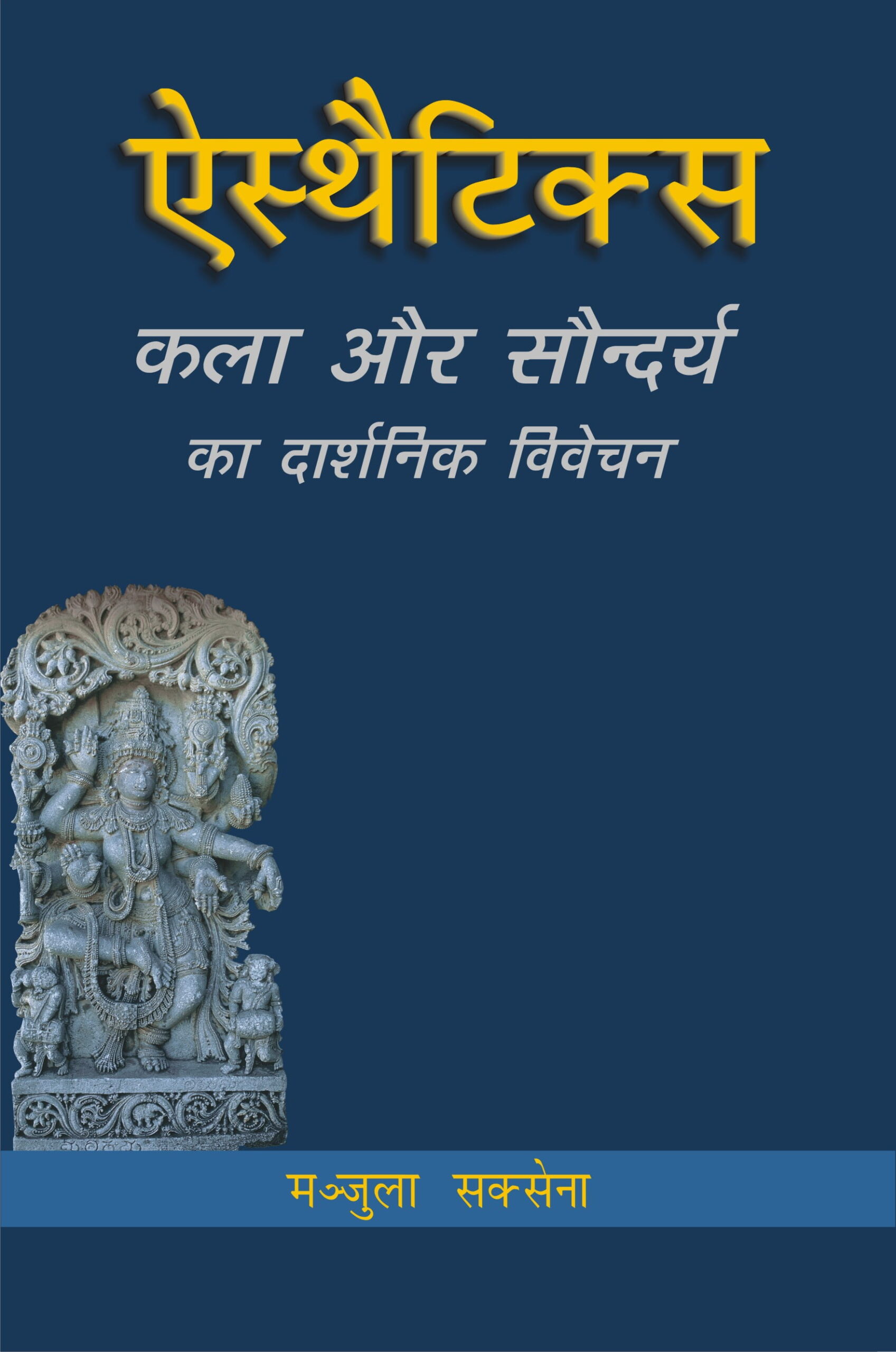

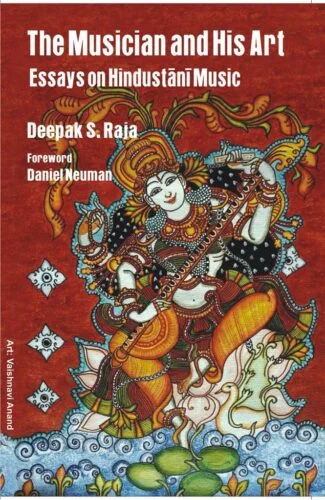
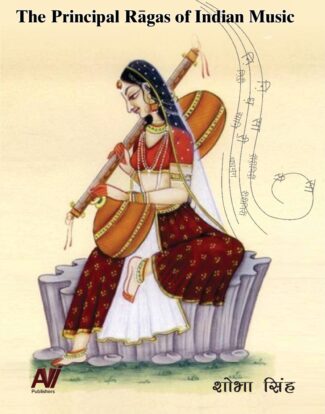
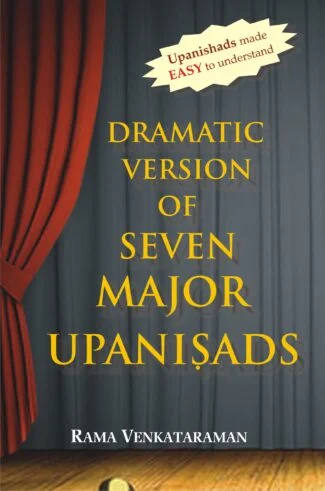
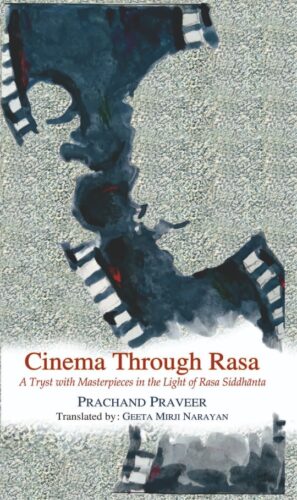
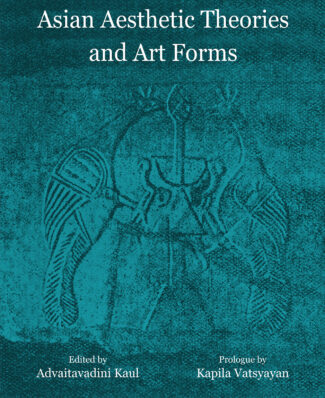
There are no reviews yet.